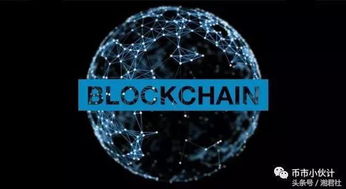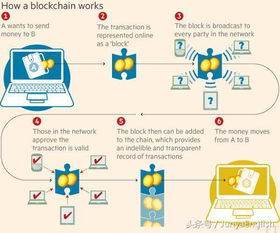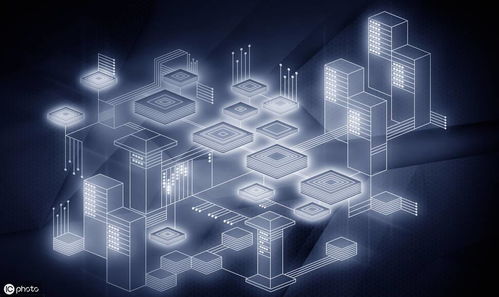
Blockchain technology has emerged as a revolutionary force in the digital world, disrupting traditional industries and reshaping the way we perceive and interact with data. At its core, blockchain is a decentralized ledger that records transactions across multiple computers, ensuring transparency, security, and immutability. This article delves into the basics of blockchain technology, its applications, and its potential impact on various sectors.

Blockchain is essentially a chain of blocks, where each block contains a list of transactions. These blocks are linked together in a chronological order, forming a chain. The key features of blockchain include:
Decentralization: Unlike traditional centralized systems, blockchain operates on a decentralized network, where each participant has a copy of the entire ledger.
Transparency: All transactions are recorded on the blockchain and can be viewed by anyone on the network, ensuring transparency.
Immutability: Once a transaction is added to the blockchain, it cannot be altered or deleted, making the system tamper-proof.
Security: Blockchain uses advanced cryptographic techniques to secure transactions and protect against fraud.

The process of adding a new block to the blockchain involves several steps:
Transactions are grouped together into a block.
This block is then broadcasted to the network of nodes (computers) for verification.
Nodes validate the transactions and the integrity of the block.
Once the block is validated, it is added to the blockchain.
The new block is linked to the previous block, creating a chain of blocks.

Blockchain technology has found applications in various industries, including:
Finance: Cryptocurrencies like Bitcoin and Ethereum are built on blockchain technology, offering a decentralized and secure way to transfer value.
Supply Chain: Blockchain can be used to track and verify the movement of goods and services, ensuring transparency and reducing fraud.
Healthcare: Blockchain can help in securely storing and sharing patient records, improving data privacy and interoperability.
Real Estate: Blockchain can streamline the property buying and selling process, reducing costs and increasing efficiency.
Government: Blockchain can be used to create a transparent and secure voting system, reducing the risk of electoral fraud.

While blockchain technology offers numerous benefits, it also faces certain challenges and limitations:
Scalability: Blockchain networks can struggle to handle a large number of transactions simultaneously, leading to network congestion and slower processing times.
Energy Consumption: The process of mining cryptocurrencies requires a significant amount of computational power and energy, raising concerns about environmental impact.
Regulatory Hurdles: The evolving nature of blockchain technology makes it challenging for governments and regulatory bodies to keep up with the pace of innovation.
Security Concerns: Although blockchain is generally secure, vulnerabilities can still exist in the underlying software and infrastructure.

Despite the challenges, blockchain technology is expected to continue evolving and expanding its reach. As more industries adopt blockchain solutions, we can anticipate the following developments:
Improved Scalability: Innovations in consensus algorithms and sharding techniques are expected to enhance the scalability of blockchain networks.
Energy Efficiency: Research into more energy-efficient consensus mechanisms is ongoing, aiming to reduce the environmental impact of blockchain.
Interoperability: Efforts are being made to create a more interconnected blockchain ecosystem, allowing different networks to communicate and collaborate.
Regulatory Framework: Governments and regulatory bodies are working to establish a clear and comprehensive regulatory framework for blockchain technology.

Blockchain technology has the potential to transform the way we interact with data and conduct transactions. By offering transparency, security, and immutability, blockchain is poised to revolutionize various industries. As